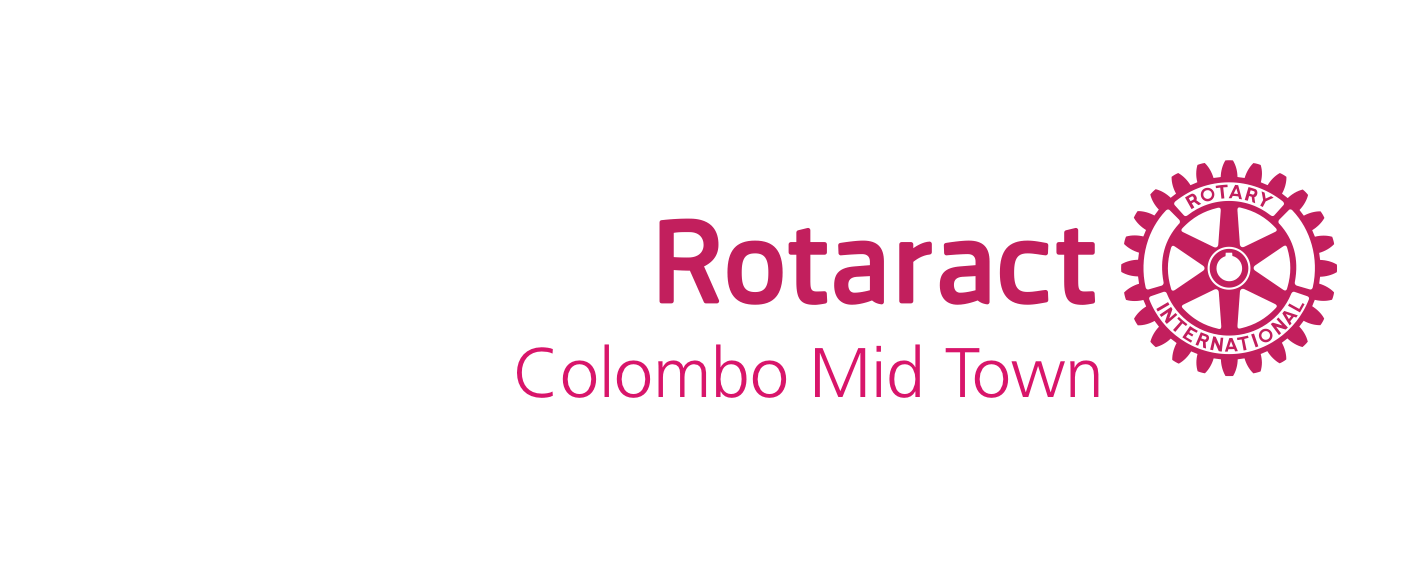Content

Some of the best business accounting software solutions also offer free accountant training programs to help you stay up to date on the latest functionalities and take advantage of the software. Especially as your company grows, tracking expenses can be a time intensive process and prone to error if done manually. Even small businesses and startups can benefit from accounting software that can unify your financial data, including expenses, sales and even payroll. As these costs do not directly relate to production or sales volumes, they are generally fixed — or semi-fixed — and listed on the company’s income statement as indirect costs. Often, the objective of a company’s cost-reduction strategy is to lower costs in this category. Indirect selling expenses occur throughout the manufacturing process and after the product is finished. Examples are advertising and marketing, telephone bills, travel costs, and the salaries of sales personnel.

Pharmaceutical and healthcare have some of the highest SG&A expenses as a percent of revenue, while energy typically has a much lower ratio. Develop your knowledge in your own time and at your own pace with our unique online learning experience. Learn in bite-sized chunks – our short courses include videos, quizzes and plenty of interactivity to keep you interested & alert. 7.6 – Redeploy and retire employees – Managing the reassignment and retirement of employees. Administer separation, retirement, and leaves of absence. 7.2 – Recruit, source, and select employees – Determining and handling employee requirements. Recruit or source the candidates as per the requirements.
General & Administrative G&a Expense
We are not a law firm, or a substitute for an attorney or law firm. Use of our products and services are governed by ourTerms of Use andPrivacy Policy. Are you a new small business owner looking to understand your tax return a little more? Here are the definitions of various types of income and how they related to your small business’s taxes. By using this site, you are agreeing to security monitoring and auditing. 7.9 – Deliver employee communications – Implementing the communication plan for employees. Initiate dialogues and engagement by monitoring the exchange of ideas and opinions, the development of personal relationships, etc.
Should You Add Sweetgreen Inc (SG) Stock to Your Portfolio Monday? – InvestorsObserver
Should You Add Sweetgreen Inc (SG) Stock to Your Portfolio Monday?.
Posted: Mon, 14 Feb 2022 16:36:32 GMT [source]
Operating income looks at profit after deducting operating expenses such as wages, depreciation, and cost of goods sold. Cutting the cost of goods sold can be tough to do without damaging the quality of the product. Cutting operating expenses can be less damaging to the core business. SG&A costs include any expenses related to the operation of the company but not directly linked to producing and delivering its products. The decision of whether to own or rent a property is generally based upon your scale of operations.
What Is Included In Sg&a Expenses?
Other SG&A costs, such as shipping costs or sales commissions, will vary. Still others, such as the costs of renting new retail locations or deploying a new website, are linked to business strategy, and accurate SG&A projections depend on researching the potential costs. Operating expenses and selling, general, and administrative expenses (SG&A) are both types of costs involved in running a company, and significant in determining its financial well-being. While generally synonymous, they each can be listed separately on the corporate income statement. Let’s discuss the main differences between the two types of expenses. Direct selling expenses are incurred only when the product is sold and are related to the fulfillment of orders.

Depreciation is typically reported as a separate line item within operating expenses, too. Both operating expenses and SG&A are key components of tracking net income, or what’s left over after subtracting expenses and taxes from revenue. Direct selling expenses are incurred when a unit of a product or service is sold. For example, once a product is sold, it must be packed and shipped. If sold by a commissioned salesperson, representative or partner, a sales commission may be due.
What Is Selling, General And Administrative Expense?
Skylar Clarine is a fact-checker and expert in personal finance with a range of experience including veterinary technology and film studies.
These costs are not related to specific products, so they are categorized separately from the cost of goods sold on the income statement. SG&A expenses are sometimes referred to as period costs since they relate to the time period in which they are incurred, and they do not relate directly to production. Selling general and administrative (SG&A) expenses comprise all direct and indirect selling sg&a definition costs, operational overhead costs, and administrative expenses unrelated to production and sales. SG&A often includes rent, utilities, legal fees and insurance. The decision to list SG&A and operating expenses separately on the income statement is up to the company’s management. Some companies may prefer more discretion when reporting employee salaries, pensions, insurance, and marketing costs.
When Are Taxes Due For Businesses?
Indirect costs are items that you spend money on to make sales. You can only incur direct selling expenses when the product is sold, especially shipping supplies, delivery charges, and sales commissions. While Indirect selling expenses are costs incurred through the process of manufacturing and till the product is at its finished level. SG&A Expense as a Percentage of Revenue measures the SG&A expense that is incurred relative to the dollar amount of revenue the company generated over the same period of time. General and administrative expenses include most daily expenses that a business incurs in operations, whether it produces goods and generates revenue or not. These expenses can also be referred to as overhead and include rent, utilities, insurance, salaries such as accounting and human resources, technology, and supplies other than those used in manufacturing. SG&A includes most other costs related to running a business aside from COGS.
We’re an online bookkeeping service powered by real humans. Bench gives you a dedicated bookkeeper supported by a team of knowledgeable small business experts. We’re here to take the guesswork out of running your own business—for good.
What Is The Formula For Calculating Profit Margins?
Helstrom attended Southern Illinois University at Carbondale and has her Bachelor of Science in accounting. Owl staff understands not only the financial side of business but is able to coach us on other aspects of business decisions and to help us define alternatives. Calculated using the discount rate for each lease and recorded as a component of rent expense within SG&A Expenses. If you’re trying to get a better handle on your business finances, Bench can help.
Discover the products that 28,000+ customers depend on to fuel their growth. Brainyard delivers data-driven insights and expert advice to help businesses discover, interpret and act on emerging opportunities and trends.
Основной вопрос не в том, что игру плохо оценили, а в том, оценили ли её вообще? Критика работы журналиста не равняется критике исследуемого журналистом объекта.
— Матрац (@m_a_t_r_o_s) February 15, 2022
Selling costs can include advertising, sales commissions, and promotional costs. General expenses would be things such as rent, utilities, office supplies, and insurance. Administrative costs include salaries for staff and executives, as well as fees or salaries for services such as IT, accounting, or attorneys.
Selling, General & Administrative Sg&a Expense
As a result, an aggregate total of all non-production expenses is compiled and reported as a single line item titled SG&A. OPEX are not included incost of goods sold but consist of the direct costs involved in the production of a company’s goods and services. COGS includes direct labor, direct materials or raw materials, and overhead costs for the production facility. Cost of goods sold is typically listed as a separate line item on the income statement. Indirect selling expenses include advertising and marketing costs, the company’s telephone bills and travel costs, and the salaries of its sales personnel. Such expenses occur throughout the manufacturing process and even after the product is finished.
Aside from monkeying with the books, there are only three possible fixes for low profitability. This solution almost always requires a good deal of time. Two, it can figure out how to lower production costs and run more efficiently. Three, it can cut operating expenses (SG&A), which almost always means reducing the headcount. That’s why so many CEOs taking over troubled companies start by cutting the payroll in the overhead expense areas.
- Firms with highly variable cost structures are said to have low operating leverage.
- It’s a broad “catch-all” category that basically includes anything you spend money on that isn’t a production cost, also known as cost of goods sold .
- It tells you what percent of every dollar your company earned gets sucked up by SG&A costs.
- High SG&A expenses can be a serious problem for almost any business.
- For most companies, it’s better to manage for the long haul and to focus on increasing profitable sales and reducing costs .
If the ratio is too high or increases with time, this may indicate difficulties sustaining profitability. This is often done if profit and loss statements need to be reported externally and business owners don’t want to report the exact details of employee compensation or other sensitive expenses.
SG&A costs are typically the second expense category recorded on an income statement after COGS, like on this simple income statement for XYZ Soaps Inc. Certain companies will file their financial statements with one line for SG&A, while others – for example, software companies – will separately break out G&A and sales & marketing. SG&A, an abbreviation of “selling, general & administrative”, is a catch-all category of expenses that is inclusive of spending that isn’t a direct cost, otherwise known as cost of goods sold . Operating expenses, or OPEX for short, are the costs involved in running the day-to-day operations of a company; they typically make up the majority of a company’s expenses. Earnings before interest and taxes is an indicator of a company’s profitability and is calculated as revenue minus expenses, excluding taxes and interest. The accountants, marketing professionals, and software engineers who keep the business running, and all of the office space, supplies, and utilities they use, are SG&A expenses. SG&A plays a key role in a company’s profitability and the calculation of its break-even point.
However, the value of face-to-face meetings is not a function of lavish gifts and expensive dinners at luxury restaurants. Establish an entertainment policy that fits the economy; your clients and prospects will understand since their company is probably implementing similar policies. Nothing implied or stated on this page should be construed to be legal, tax, or professional advice. The Law Dictionary is not a law firm and this page should not be interpreted as creating an attorney-client or legal adviser relationship. For questions regarding your specific situation, please consult a qualified attorney.
However, these are every day costs a company must incur in the day-to-day operations of a business. So, note that these expenses may not be directly related to any specific function or department within the company. They are what we’ll call fixed costs because they include rent or mortgage on buildings, utilities, and insurance.
- Examples of direct selling expenses include transaction costs and commissions paid on a sale.
- Some of the most common expenses that do not fall under SG&A or COGS are interest and research and development (R&D) expenses.
- Typically, the operating expenses and SG&A of a company represent the same costs – those independent of and not included in cost of goods sold.
- SG&A will be reported on the income statement in the period in which the expenses occur.
SG&A is the acronym for selling, general and administrative. SG&A are the operating expenses incurred to 1) promote, sell, and deliver a company’s products and services, and 2) manage the overall company. Typically, the operating expenses and SG&A of a company represent the same costs – those independent of and not included in cost of goods sold. But sometimes, SG&A is listed as a subcategory of operating expenses on the income statement.


